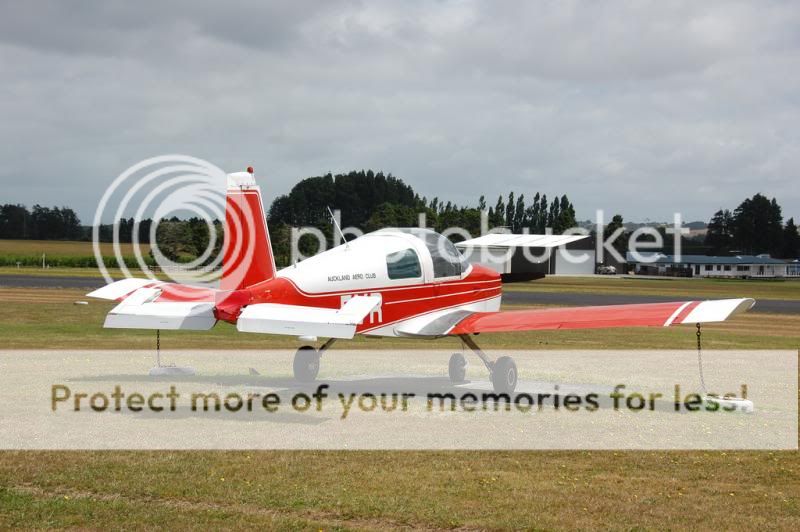wabower
Touchdown! Greaser!
- Joined
- Sep 1, 2008
- Messages
- 12,013
- Display Name
Display name:
Wayne
Nor will they necessarily approve the use of serial-number specific STC for another identical plane even with written permission from the holder of the original cert. BTDT.
The FAA will not grant field approval based on an STC which is not in the public domain. That's policy from the top designed to protect the party who paid for all the work to get the STC -- sort of like patent protection. If the STC holder disappears and the STC goes into the public domain, that ends, but not as long as the STC holder is around.
Last edited:



